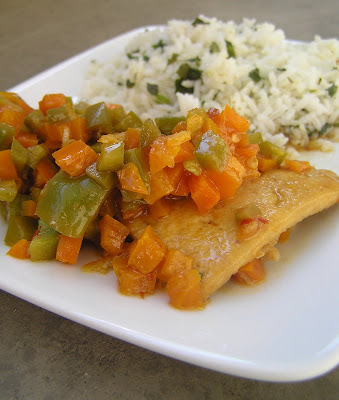 Over the years, the cookie recipes I encountered seemed to fall into one of two categories: either they could be knocked out in a single session (like chocolate chip or oatmeal raisin cookies), or the recipe required that the dough be refrigerated for several hours before baking (like my Grandma's icebox cookies, or the Ghiradelli ultimate double chocolate cookies). I considered the single-session cookies to be less time consuming, and made them more often for that reason.
Over the years, the cookie recipes I encountered seemed to fall into one of two categories: either they could be knocked out in a single session (like chocolate chip or oatmeal raisin cookies), or the recipe required that the dough be refrigerated for several hours before baking (like my Grandma's icebox cookies, or the Ghiradelli ultimate double chocolate cookies). I considered the single-session cookies to be less time consuming, and made them more often for that reason.This summer, the New York Times Dining and Wine section published an article asserting that, in order to create a "mature," "sophisticated" chocolate chip cookie, the dough should be allowed to sit 36 hours before baking.
What? Really?
Joy the Baker tested the New York Times' assertion, and, in a hilarious write up of an imaginary phone conversation with the Times, concluded that "a cookie is a cookie at 12 hours, 24 hours and 36 hours." Even still, Joy noted that she lets her cookie dough sit for at least four hours before baking.
I'm not convinced that allowing cookie dough to sit and "mature" results in a better cookie. The main factor that seems to make a difference in my cookies is whether I allow the butter to come to room temperature before assembling the dough. (For some reason, room temperature butter results in a much better cookie texture.)
However, in the past few months, I've found that I rarely have time to both assemble dough and bake cookies in a single session. And so I have been refrigerating my dough for several hours before baking, not to create a "sophisticated" cookie, but because it's the only way that I'm going to get a homemade cookie these days. Ironically, the ice box and double chocolate cookies that I once labeled "time consuming" are now just as convenient to make as the other cookies.
Does refrigeration result in a better cookie? The answer for me is, only in the sense that a cookie made with refrigerated dough is better than no cookie at all.

















